The Ultimate Guide To Fine Natural Hair
Tips and tricks for taking care of this delicate hair type – simplified.

Image: Shutterstock
Naturally fine hair is easy to manage and style but can often fall flat and look lifeless. These lightweight, thin strands can look greasy, especially on those days you forgot to wash them. If only there was a fine natural hair guide to help! Here, we list a few effective tips to help you manage your fine hair. Read to know more.
In This Article
What Is Fine Natural Hair?
Many people ask what fine hair is and how you can identify fine hair type to take good care of it. If your hair strand has a diameter of 50 microns or is thinner than a string of thread, it is considered fine hair. It tends to break more than other hair types. Also, fine natural hair can easily become flat and oily when you use heavy hair care products.
Since this hair type is prone to breakage, you should take care of it to minimize the damage. Check out our next section for some tips on maintaining fine natural hair.
Key Takeaways
- Fine natural hair has a short diameter and can get weighed down easily by heavy haircare products to look greasy, flat, and thin. Instead, hair products with lightweight formulas are better suited.
- Trimming fine natural hair every six months can encourage growth and improve appearance and health.
- It is essential to switch between different hairstyles and to opt for loose hairstyles instead of tight hairdos to prevent traction alopecia.
- Wearing fine natural hair in shorter or layered styles can make it look more voluminous.
Tips For Caring Your Fine Natural Hair
1. Switch To Finger Detangling – You Should Try This!
Fine natural hair is fragile and more prone to breakage than other hair types. Hence, you need to be cautious while detangling this hair type. Fine-toothed combs might harm your fine hair. Instead, use your fingers to detangle your hair and avoid breakage. Apply a detangling product to your fine hair when it is damp. Remove the knots slowly with your fingers until you get tangle-free hair.
2. Choose Lightweight Hair Care Products – It Matters!
Fine natural hair is weighed down easily by heavy hair care products. Hence, look for lightweight formulas while choosing shampoos, conditioners, hair masks, gels, and stylers. Heavy formulas can zap volume and make your hair look greasy, flat, and thin. On the other hand, lightweight hair care products help retain the moisture and volume of your fine natural hair.
3. Do Not Go Overboard – Be Cautious About Products Usage!
Overapplication of hair care products, even if they are lightweight, can weigh your hair down and make it limp. Do not overload your fine hair with numerous hair care products. Use as much of a product as your hair needs to achieve the desired volume without any greasiness. You can also opt for a good-quality clarifying shampoo that will help remove product buildup.
 Quick tip
Quick tip4. Go For Frequent Hair Trimming – It Helps!
Since fine natural hair type is prone to damage and split ends, you should be more diligent about trimming it
. Damaged hair does not grow further, and the damage might move up your hair length. Thus, you need to trim those split ends periodically. Trimming your fine natural hair every six weeks is ideal.
5. Protect Your Hair From Damage – Your Hair Deserves It!
Protect your fine natural hair from damage with the following measures:
- Incorporate the LOC (liquid, oil, and cream) method into your daily hair care routine. This will help keep your fine natural hair moisturized and prevent breakage and frizz.
- Use satin pillowcases and cover your hair with a satin scarf while sleeping. Unlike cotton fabric, satin materials prevent static and do not suck moisture from your hair, reducing the chances of brittleness.
- Wear a hat when you step out to protect your hair from environmental damage like sun exposure, humidity, strong wind, and pollution.
- Apply a heat protectant to your fine natural hair before styling it. Also, set your styling tools at the lowest temperature settings to avoid heat damage.
Terrinique Pennerman, a blogger, shared her journey of understanding her fine-thick natural hair. She mentioned that she had to practice a more careful hair care routine than others with thick or coarse hair. She stated, “Being born with the predisposition of fine-thick hair, my hair was easily damaged by using hair styling techniques that are used on medium or coarse hair (i).”
 Quick tip
Quick tip6. Try Protective Hairstyles – Fun But Effective!
Sporting protective styles, such as high and low puffs and flat twist updos, helps keep your fine natural hair in good form. But make sure to wear it the right way. Here’s what you need to keep in mind while wearing a protective hairstyle.
- Switch between different hairstyles. Do not continue with the same style for long, as it might lead to traction alopecia.
- Do not wear braids that are too small. Always go for crochet or knotless braids, which involve low tension.
- Avoid tight hairstyles that pull or snag your fine natural hair, leading to breakage.
- Wear your fine natural hair in shorter or layered styles to make it look more voluminous.
These are a few tips for caring for your fine natural hair. But how to grow your fine natural hair long? Scroll down for your answer.
How To Grow Fine Natural Hair
- Nourish your hair with lightweight moisturizing hair oils, such as sweet almond, grapeseed, and argan oils regularly.
- Strengthen those fine natural locks with protein treatments at least once a month.
- Try to layer your hair with moisture by using various combinations of LOC and LCO methods.
- Apply leave-in hair conditioners after shampooing to retain the natural moisture of your fine hair.
Check out the simple steps below to straighten your fine natural locks at home.
How To Straighten Fine Natural Hair
Step 1:
Wash your hair with a sulfate-free mild shampoo. Use a T-shirt or microfiber towel to remove excess water and pat your hair dry.
Step 2: Apply a leave-in conditioner to your damp hair and try to detangle it gently with your fingers.
Step 3: Spritz a heat protectant on your knot-free hair to prevent thermal damage. Heat protectants also help reduce frizz and seal in the natural shine of your hair.
Step 4: Divide your hair into sections and blow dry each section at a time. Move your blow dryer from the roots towards the tips in the downward direction.
Note: Use your blow dryer on the medium or lowest heat setting to prevent static and frizz. Also, make sure your hair is completely dry before straightening.
Step 5: Reapply heat protectant to your hair before using a flat iron.
Step 6: Divide your hair into small sections and begin straightening each section at a time. Place a rattail comb right in front of the flat iron and run them down simultaneously down the length of each section.
Step 7: Finish your straightening process with a few spritzes of hairspray. This will keep your straightened locks in place without weighing them down. You can also apply an anti-frizz and smoothening serum to the ends of your hair for long-lasting shine.
Note: Do not use hair oils before flat ironing, as the styling tool’s heat can fry your hair.
Watch this video tutorial for a better understanding of the process.
Summing It Up
Whether you have gorgeous curls or fine straight hair, every hair type comes with its own share of struggles. Your fine natural hair signifies that your hair strands are light and thin, and they mostly end up breaking. As a result, this hair type necessitates special care to be managed and maintained effectively. This fine natural hair guide has you covered all aspects from how to care for it to how to promote its growth. Follow the steps outlined above to reduce hair damage while boosting volume and length. You can succeed in making your delicate natural hair feel and look healthy by keeping on top of your hair care routine.
Frequently Asked Questions
Why is my natural hair so thin?
Fine natural hair can become thin if it is over-processed or styled with heat and chemicals. It may also become thin if the strands are not hydrated.
How do you sleep with fine hair?
You can cover your fine natural hair with a soft cotton or satin cloth to prevent it from breaking or becoming frizzy.
Discover ways to manage fine hair and keep it from breaking off. Watch this video for essential tips for daily hair care that can help improve the overall condition of your fine tresses. Check it out!
Personal Experience: Source
StyleCraze's articles are interwoven with authentic personal narratives that provide depth and resonance to our content. Below are the sources of the personal accounts referenced in this article.
(i) How to Maintain Fine Natural Hairhttps://kurleebelle.blogspot.com/2012/09/how-to-maintain-fine-natural-hair.html
Read full bio of Melissa Neubeck
Read full bio of Arshiya Syeda
Read full bio of Anjali Sayee
Read full bio of Monomita Chakraborty







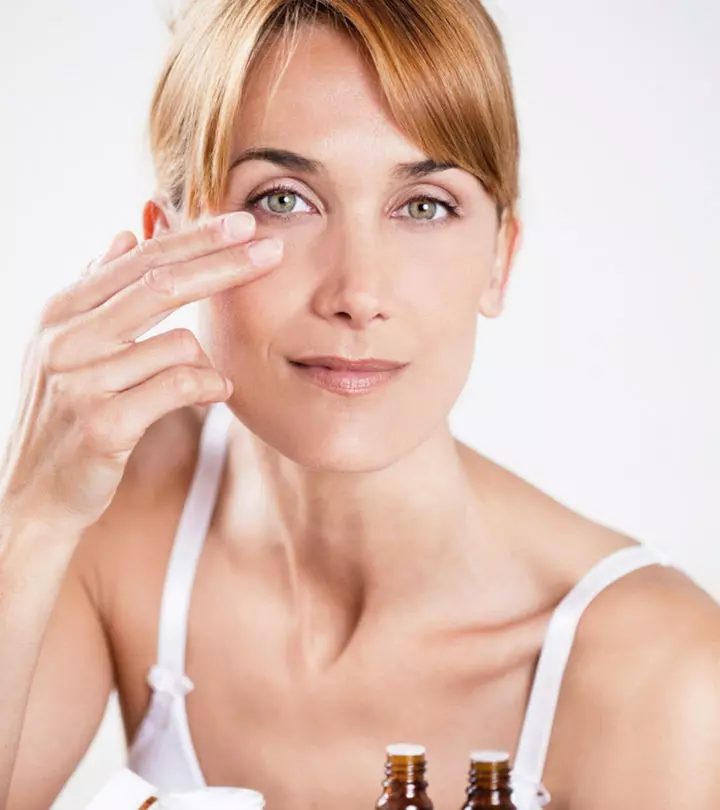




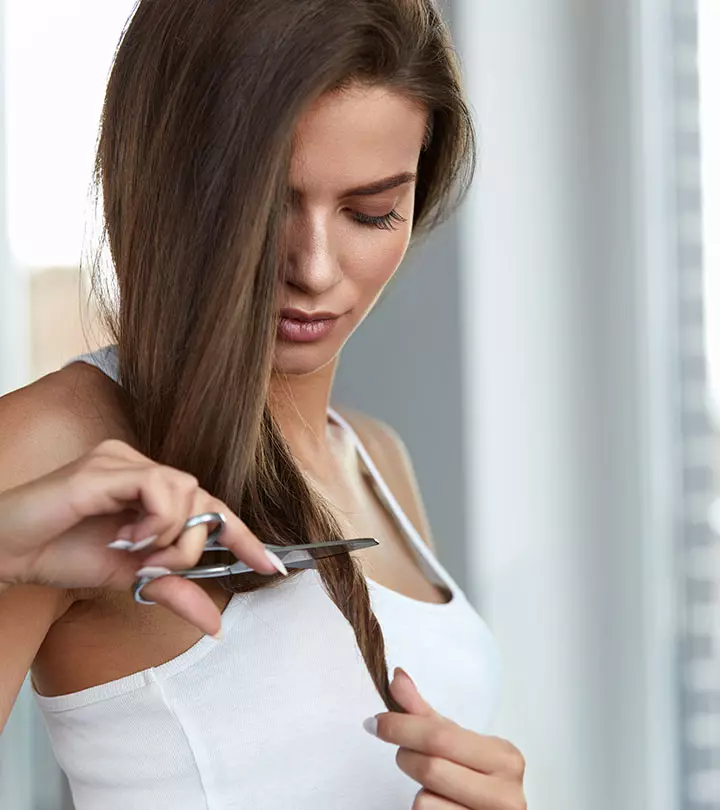

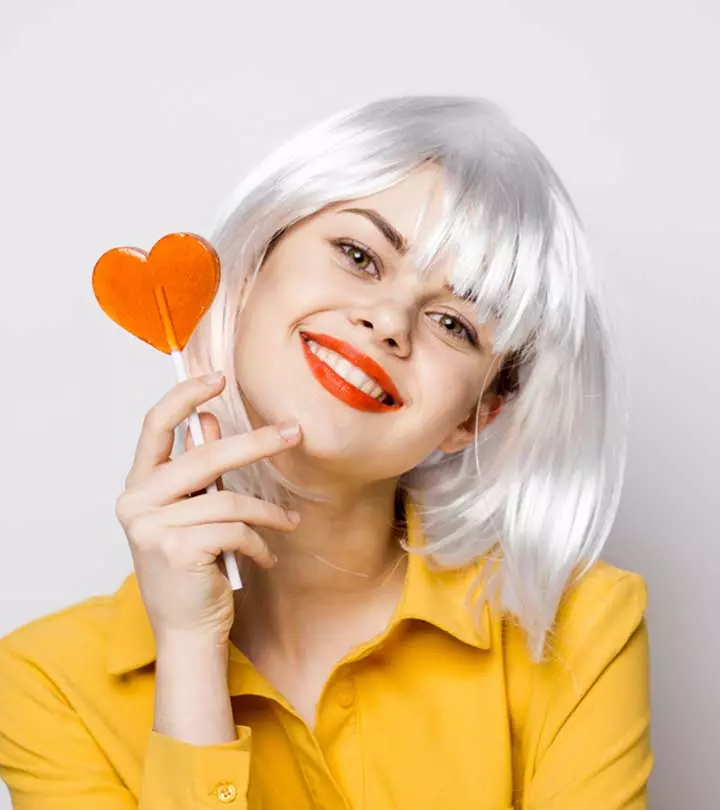





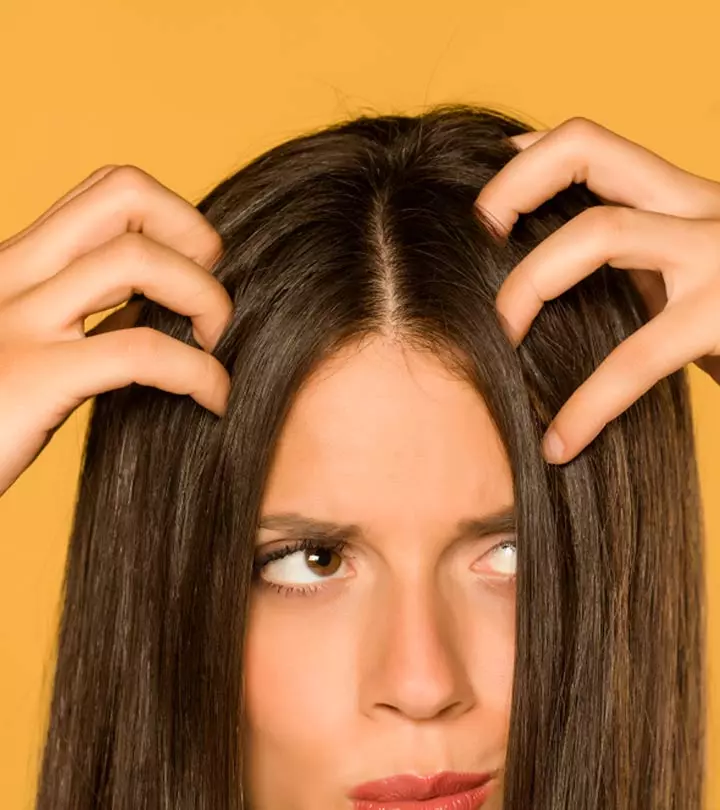
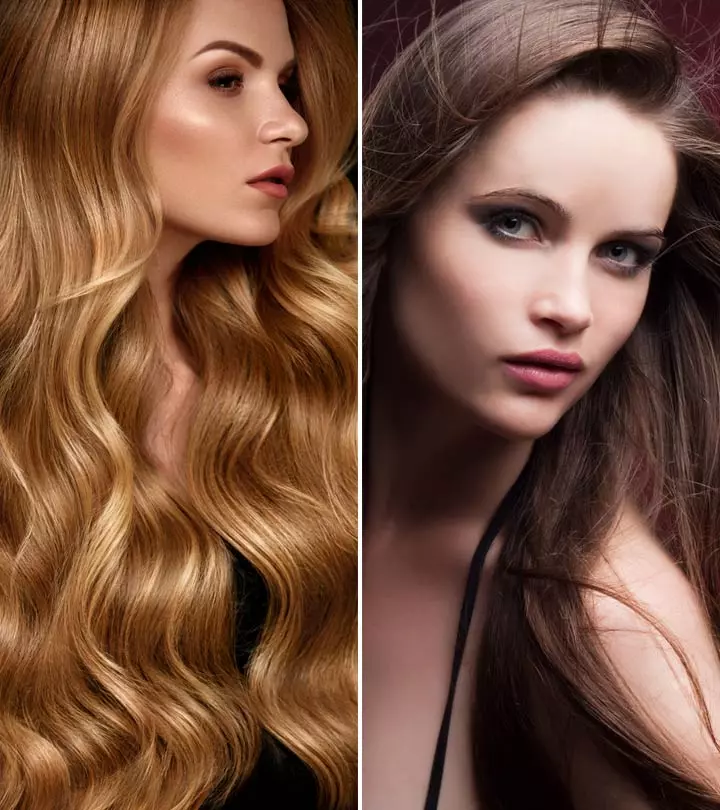
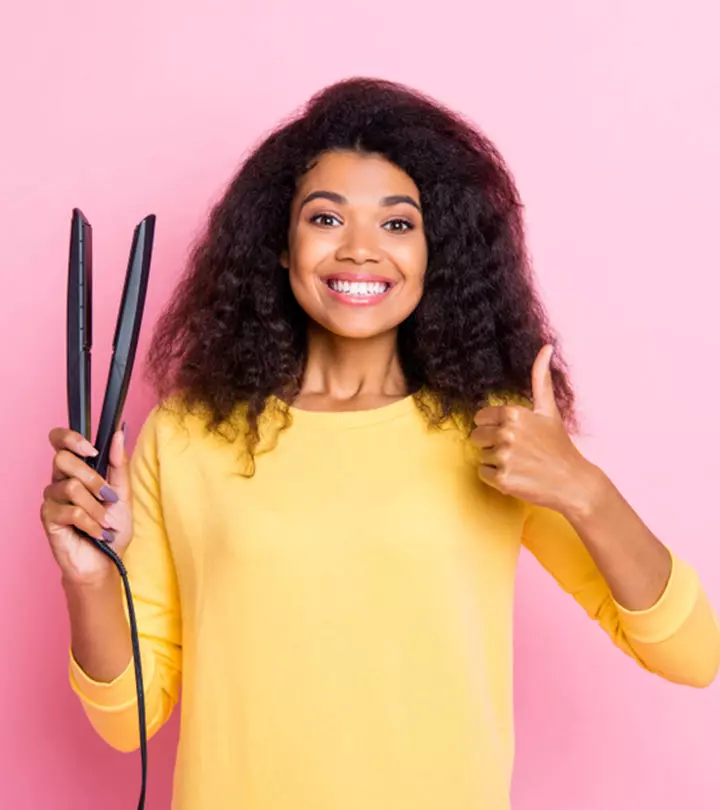



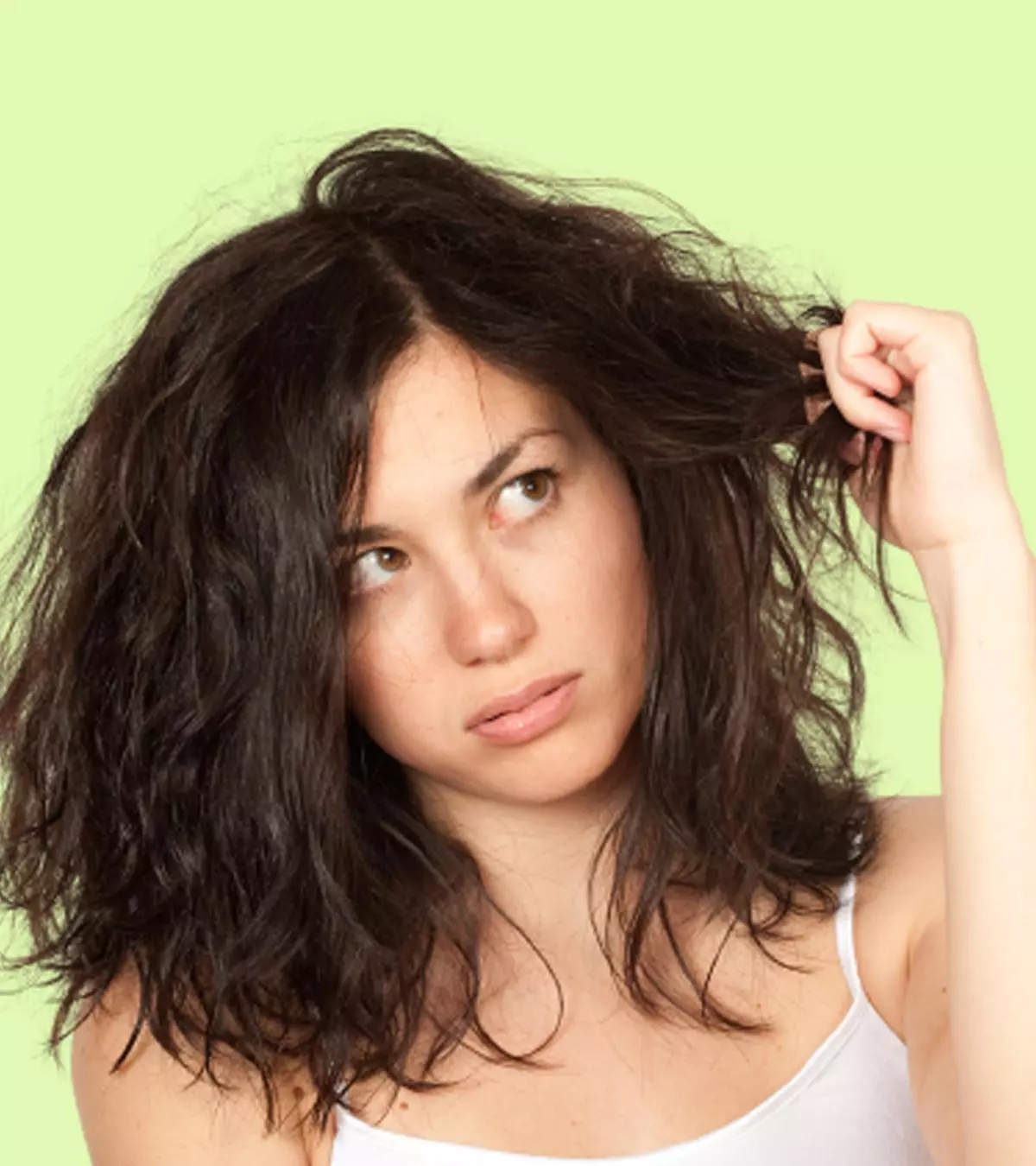
Community Experiences
Join the conversation and become a part of our empowering community! Share your stories, experiences, and insights to connect with other beauty, lifestyle, and health enthusiasts.